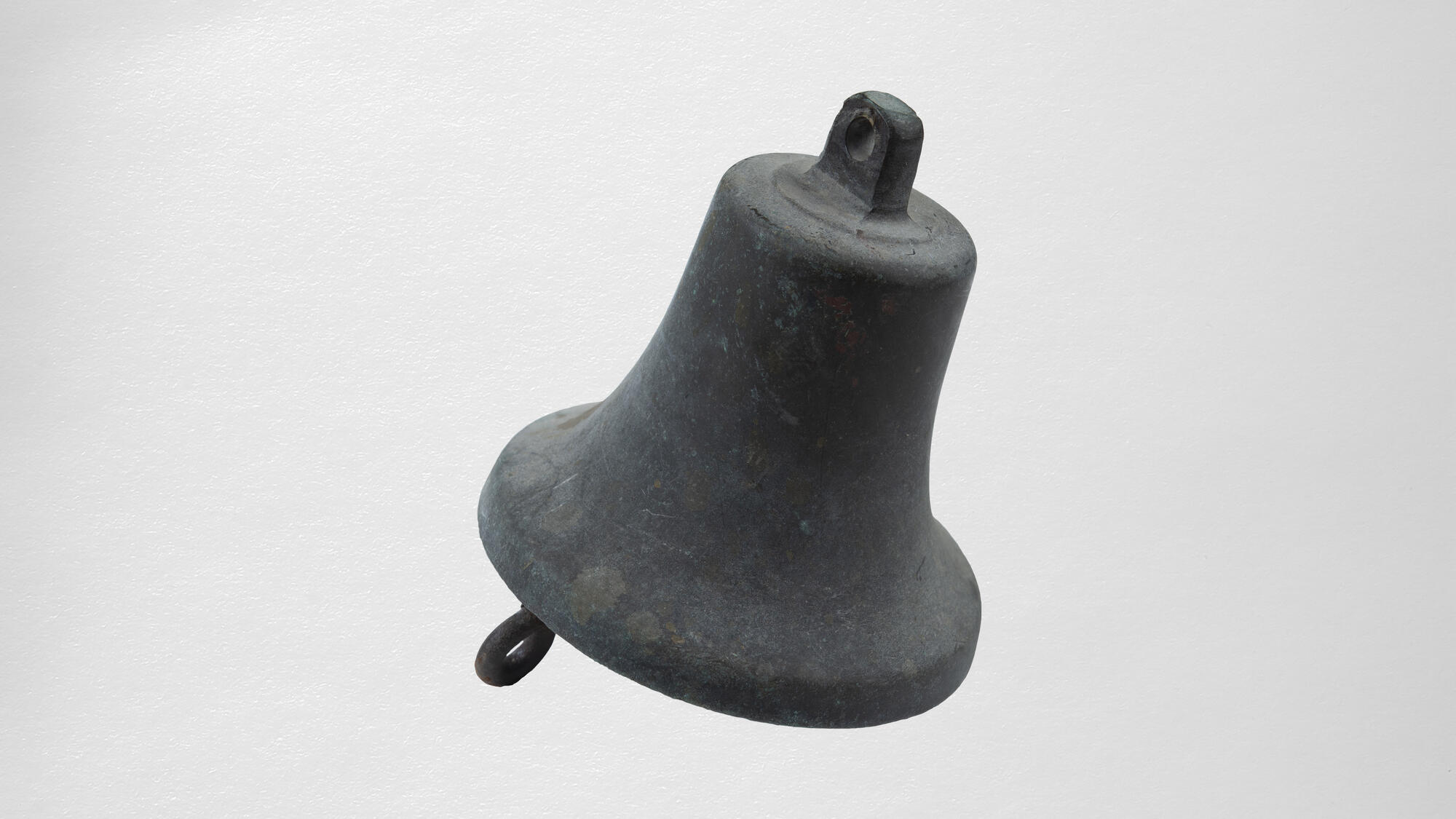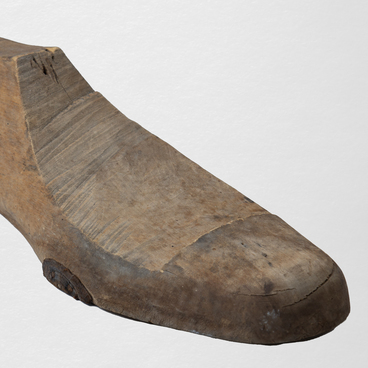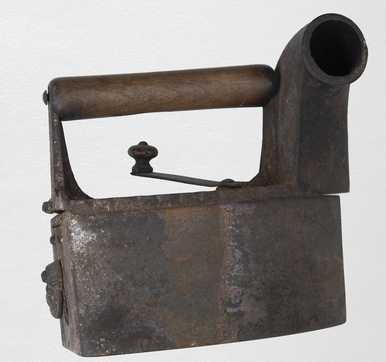The history of the bell is more than 4,000 years old. The earliest discovered bells were made in China in the 23rd — 17th centuries B.C. The first musical instrument made of bells also appeared in this country. In Europe, it is called a carillon.
The earliest surviving bell in Europe is thought to be a bell from Assyria created in the 9th century B.C. It is currently housed by the British Museum.
In medieval Europe, Christians considered bells to be pagan objects. There is a legend that says that the oldest bell in Germany was dug out of the ground by pigs, but it did not ring until the bishop consecrated it. This bell is called Saufang, which means “pig’s prey”. Dissonant names are also found among Russian bells, for example, one of the Rostov bell-chambers has bells called “Goat” and “Sheep”. They are named so for their characteristic intermissive ringing.
The first mention of bells in Russia dates back to 988. Their appearance in Kyiv almost coincided with the adoption of Christianity. Records from the 11th century mention the arrival of Polotsk knyaz Vseslav Bryachislavovich to Novgorod, who took down the bells from the Cathedral of St. Sophia in 1066. The bells were mentioned again in the annals of the city of Vladimir around 1170.
Historians link the development of domestic bell-making with the arrival of an Italian Aristotele Fioravanti, who founded the first state foundry in 1479. This factory was later called Pushechny Dvor (Cannon yard). In the first half of the 16th century, the largest bells were cast by Italian and German masters. However, late in the century, the names of Russian foundry workers at the Cannon yard in Moscow began to prevail over foreign ones. The most famous of them was Andrey Chokhov, who cast the bell called the Tsar’s Messenger, the forerunner of the Tsar Bell.
The bells for the churches in Pogar were cast in Kyiv and Chernigov. The Radogoshch Museum houses the bell that used to be part of the bell tower of the Assumption Cathedral.
The foundation for the Assumption Cathedral in Pogar was laid on May 21, 1805, in the place of an old burnt wooden church. Emperor Alexander the First donated 2,000 rubles for its construction. The local landowner Pesotsky contributed 5,000 rubles, and all the citizens of Pogar collected the rest of the money. The church was consecrated in 1819 in honor of the victory over Napoleon. On the west side, there was a thirty-meter bell tower, which had different-sounding bells of various sizes. The sound of them ringing could be heard far beyond Pogar. After the revolution of 1917, the Assumption Cathedral was closed and later housed the club named after the 1st of May. During the Great Patriotic War, the Nazis kept Soviet prisoners in this church. After the war, the church was in disrepair. In the 1960s, by the decision of the local government, it was destroyed and the bells were dropped. This bell did not break; it was preserved and then given to the museum by one of the residents.
The earliest surviving bell in Europe is thought to be a bell from Assyria created in the 9th century B.C. It is currently housed by the British Museum.
In medieval Europe, Christians considered bells to be pagan objects. There is a legend that says that the oldest bell in Germany was dug out of the ground by pigs, but it did not ring until the bishop consecrated it. This bell is called Saufang, which means “pig’s prey”. Dissonant names are also found among Russian bells, for example, one of the Rostov bell-chambers has bells called “Goat” and “Sheep”. They are named so for their characteristic intermissive ringing.
The first mention of bells in Russia dates back to 988. Their appearance in Kyiv almost coincided with the adoption of Christianity. Records from the 11th century mention the arrival of Polotsk knyaz Vseslav Bryachislavovich to Novgorod, who took down the bells from the Cathedral of St. Sophia in 1066. The bells were mentioned again in the annals of the city of Vladimir around 1170.
Historians link the development of domestic bell-making with the arrival of an Italian Aristotele Fioravanti, who founded the first state foundry in 1479. This factory was later called Pushechny Dvor (Cannon yard). In the first half of the 16th century, the largest bells were cast by Italian and German masters. However, late in the century, the names of Russian foundry workers at the Cannon yard in Moscow began to prevail over foreign ones. The most famous of them was Andrey Chokhov, who cast the bell called the Tsar’s Messenger, the forerunner of the Tsar Bell.
The bells for the churches in Pogar were cast in Kyiv and Chernigov. The Radogoshch Museum houses the bell that used to be part of the bell tower of the Assumption Cathedral.
The foundation for the Assumption Cathedral in Pogar was laid on May 21, 1805, in the place of an old burnt wooden church. Emperor Alexander the First donated 2,000 rubles for its construction. The local landowner Pesotsky contributed 5,000 rubles, and all the citizens of Pogar collected the rest of the money. The church was consecrated in 1819 in honor of the victory over Napoleon. On the west side, there was a thirty-meter bell tower, which had different-sounding bells of various sizes. The sound of them ringing could be heard far beyond Pogar. After the revolution of 1917, the Assumption Cathedral was closed and later housed the club named after the 1st of May. During the Great Patriotic War, the Nazis kept Soviet prisoners in this church. After the war, the church was in disrepair. In the 1960s, by the decision of the local government, it was destroyed and the bells were dropped. This bell did not break; it was preserved and then given to the museum by one of the residents.



